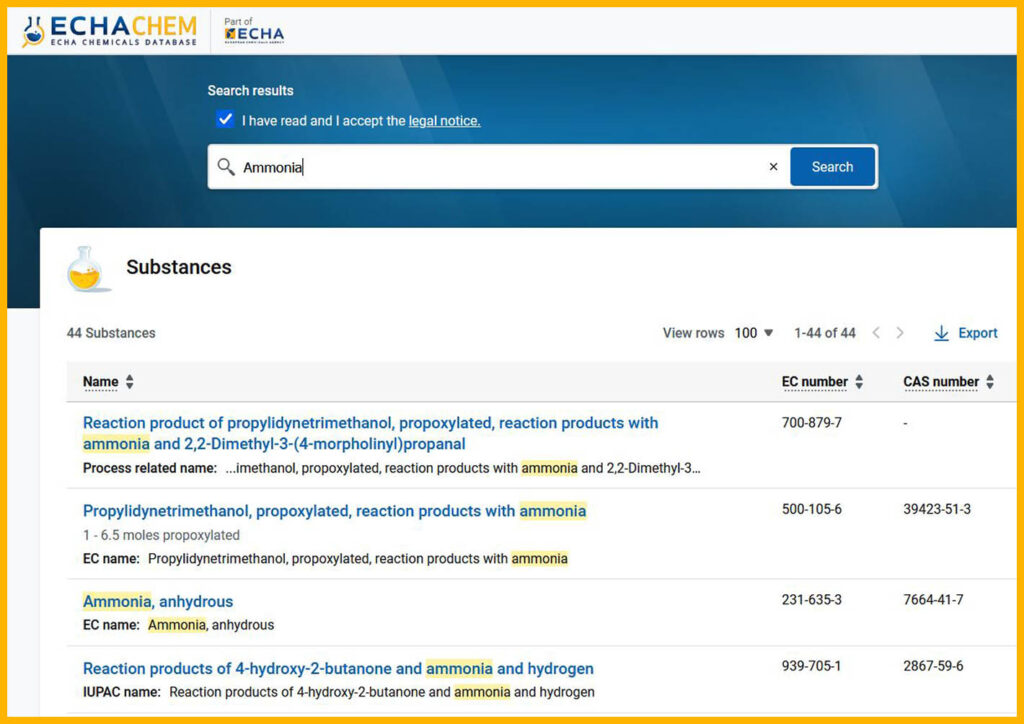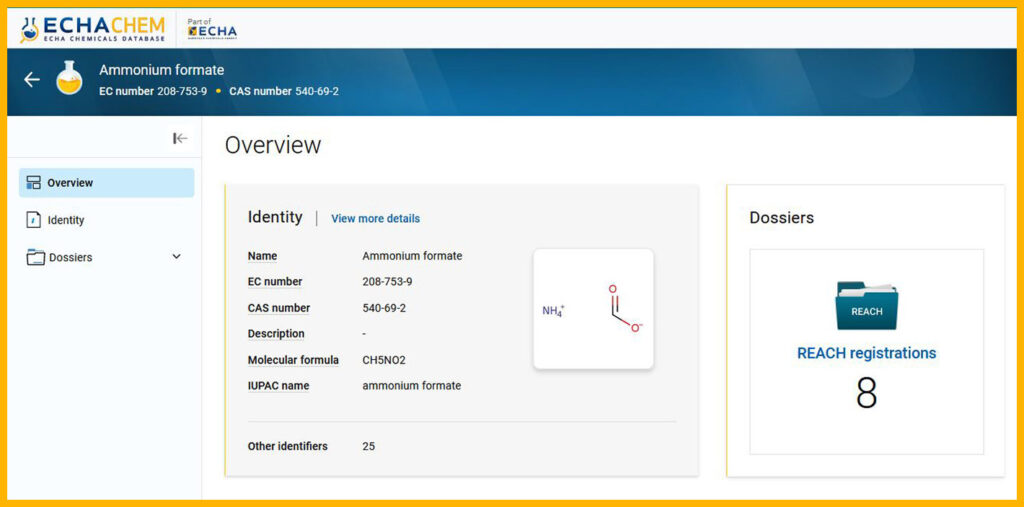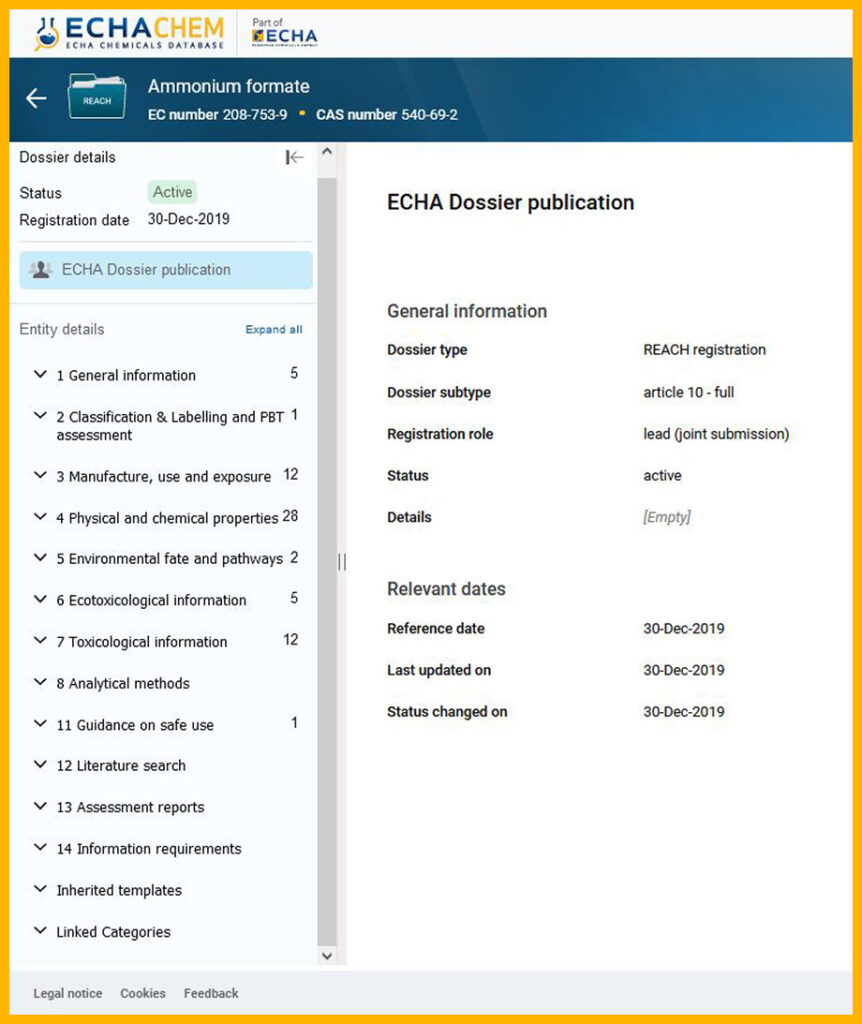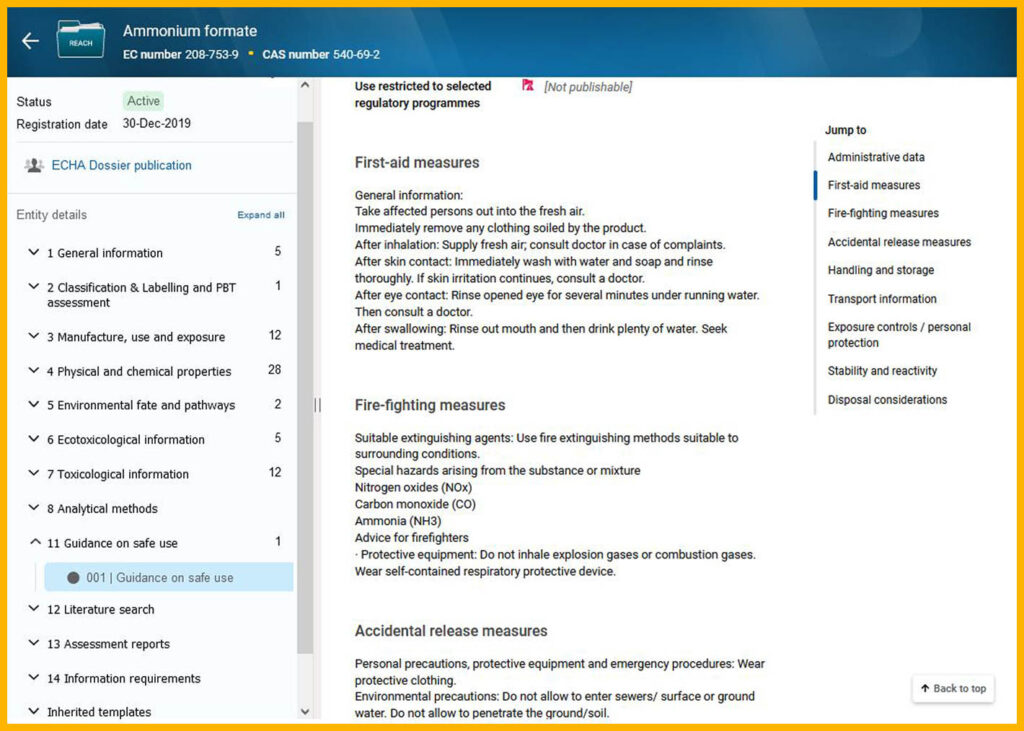
Hazardous substances in everyday life
Very few families have a supply chain expert. Many people forget that small quantities of dangerous goods are an essential part of our everyday lives and must be handled and transported with care. This is because even small quantities can cause injuries or burns, trigger fires and explosions and pollute the environment if handled improperly or if damaged. Therefore, always remember that hazardous goods are everywhere in our daily lives and must be handled with special care. Hidden components can cause injuries if used improperly or if unprofessional repair attempts are made.







